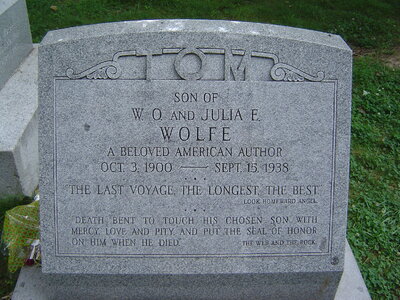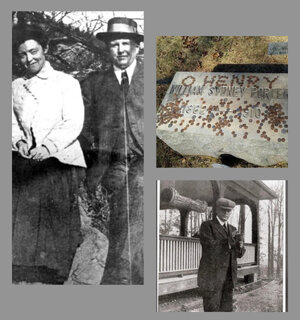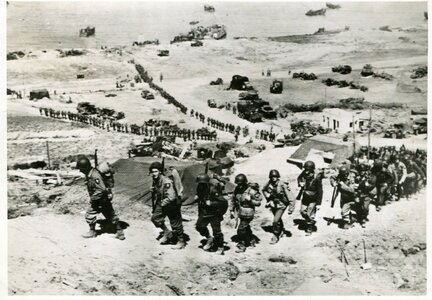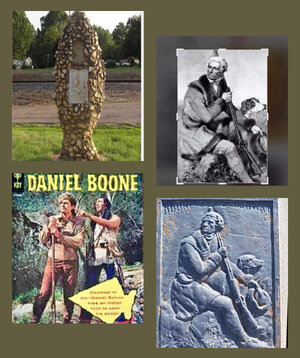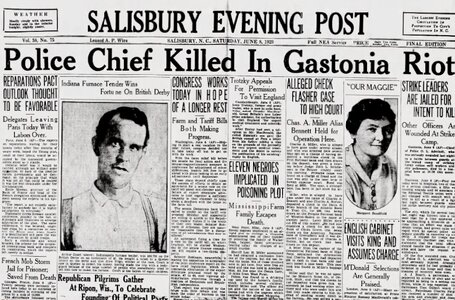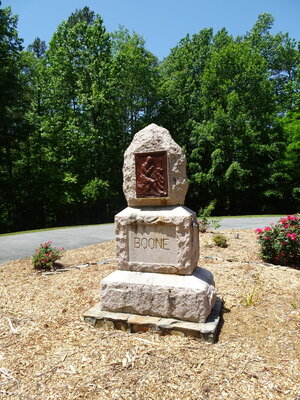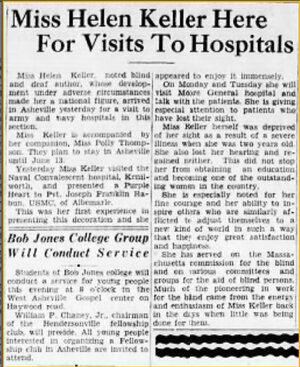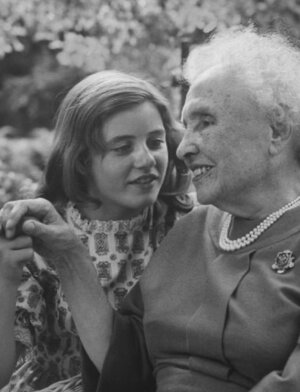- Messages
- 1,300
“The Surprise Ending” gets its hooks into you and for good or ill, they usually reach deep. For me there’s always a bit of O.Henry’s “The Gift of The Magi’ lurking in my thoughts. This is not necessarily a good thing for a historian. Students often succumb to the temptation to misdirect then spring an alternative conclusion on their reader in papers that they write early in their matriculation as well. It is an ambitious plot device and quite difficult but with no real value in a research project. Literarily speaking though it can be the kind of twist that captures an audience. I’ve been caught many-a-time in prose and cinema.
While at 15 years old I was completely conned by the wrap-up of the Newman/Redford film “The Sting” and the master director John Sayles’ “Lone Star” starring (of course) Chris Cooper rolls in a close third, it was “The Ballad of Gregorio Cortez” with Edward James Olmos that stunned me with the concluding plot twist that takes my all-time first place in surprise endings.
It was native-born Tar Heel O.Henry that sunk the plot twist hooks into me when I was a preteen though and he’s fascinated and terrified me ever since. He’s an outlaw author who led a wandering and ne’er-do-well life. He grew up in the Piedmont, fled to Central America, worked in Asheville (while living in Weaverville), and spent a good deal of time in New York City. He loved bars and hung out with cows too. I’ll just stop there.
“The time has come," the Walrus said,
‘To talk of many things:
Of shoes--and ships--and sealing-wax--Of cabbages--and kings--
And why the sea is boiling hot--
And whether pigs have wings.’”
~Lewis Carrol
OnThisDay (June 5) in 1910 William Sydney Porter, O.Henry, died in NYC. Born in Greensboro, he lived in Texas, Honduras, and spent 3 years in the Ohio Penitentiary (embezzlement). He moved to New York City to be close to publishers and there he produced over 300 short stories. The “Surprise Ending” was his forte. We’ve all read his Christmas Classic, “The Gift of the Magi.” In 1907 he married a childhood friend, Sarah Lindsey Coleman, of #Weaverville, and, not in the best of health, moved there. Finding Weaverville too quiet (and a staunch teetotaler town) he opened an office in #Asheville where he might work and sneak off to bars and speakeasies. Truth is that he was a voracious drinker.
Ultimately, missing NYC he moved back - much to his detriment. He died there on this day (6/5/10) of cirrhosis of the liver. Coleman brought his body back to Buncombe and he is buried in Asheville’s Riverside Cemetery not far from Thomas Wolfe, another Tar Heel writer who died too soon. In his novel “Of Cabbages and Kings,” he coined the term, “Banana Republic.” Read more here:
Loading…
www.ncdcr.gov
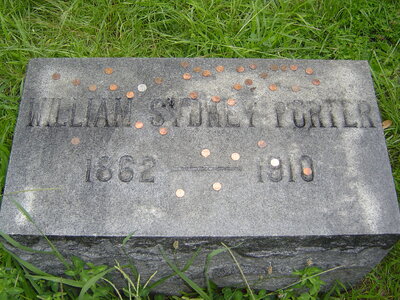
Asheville's Riverside Cemetery, without "O Henry" spelled out in pennies.
And near-by, another of North Carolina's sons taken too early.
